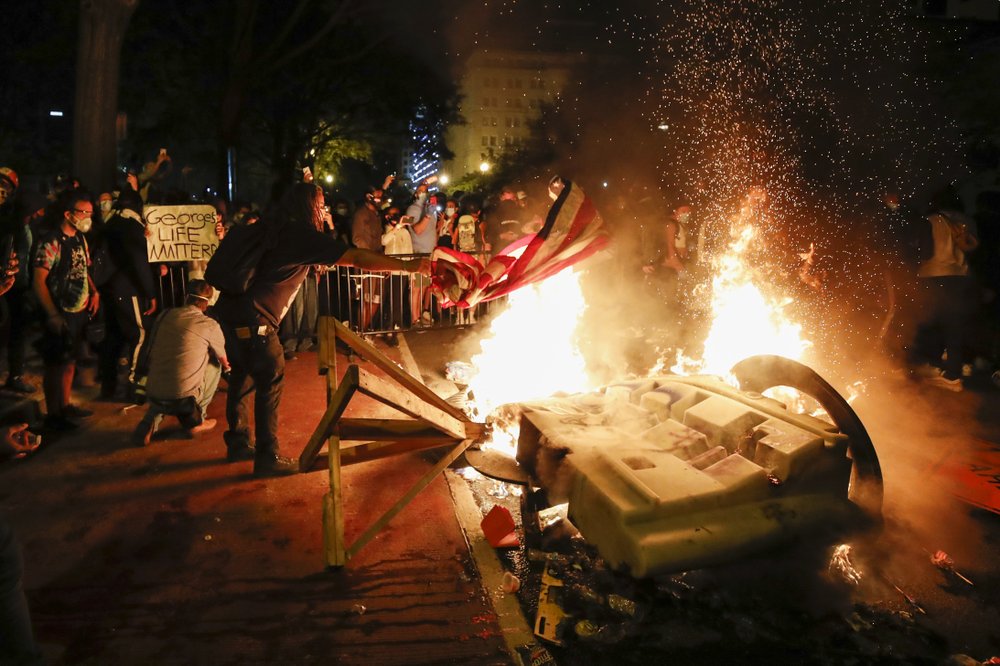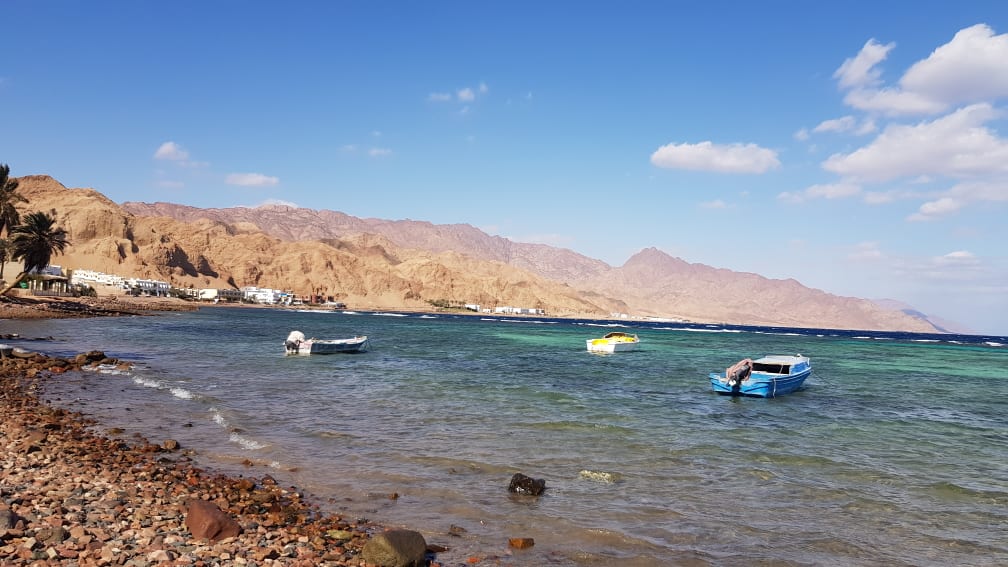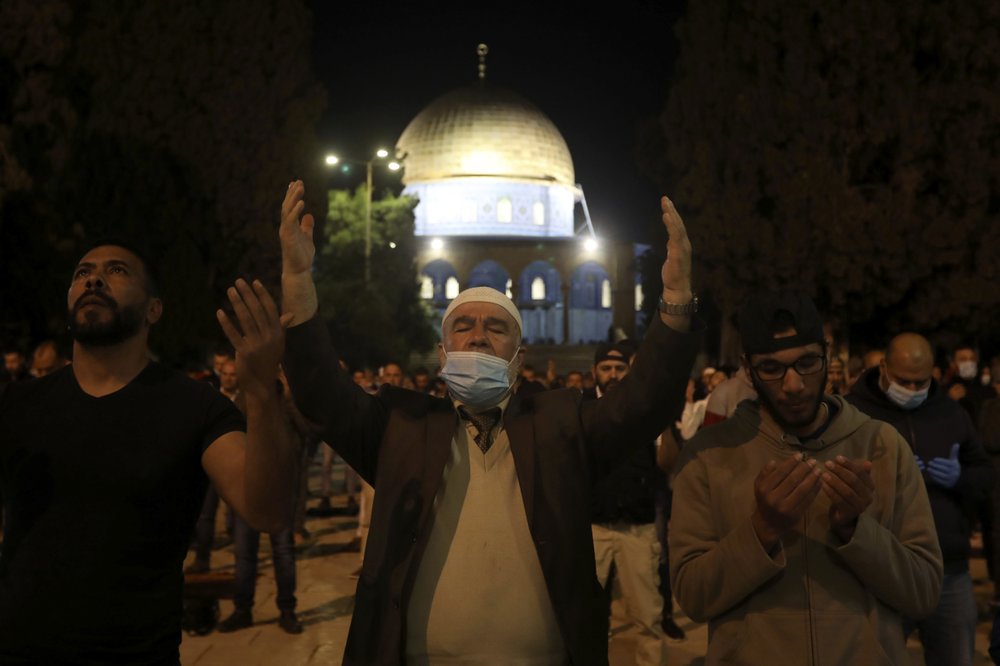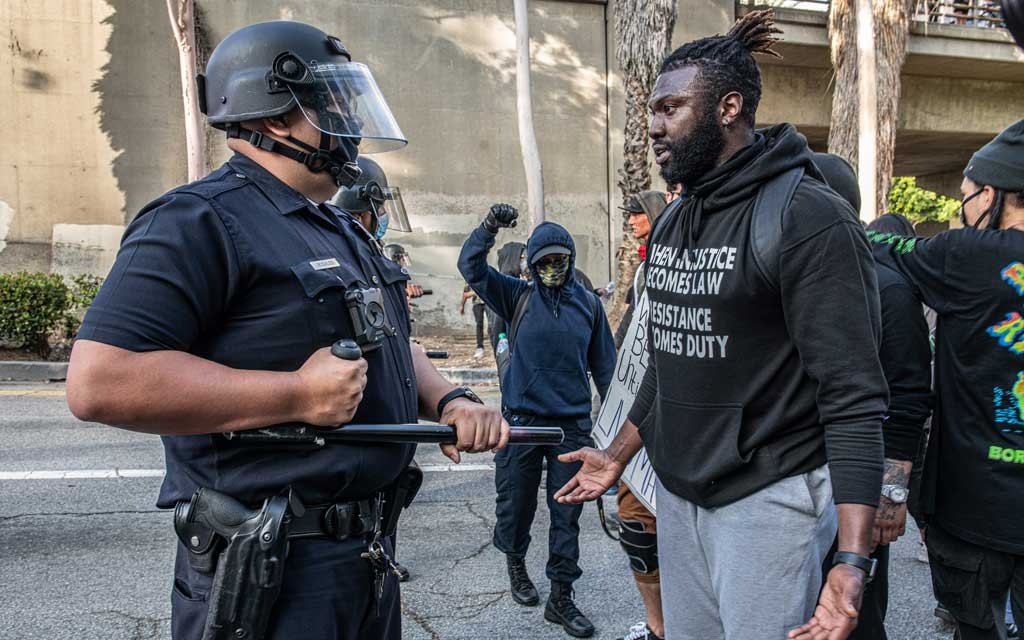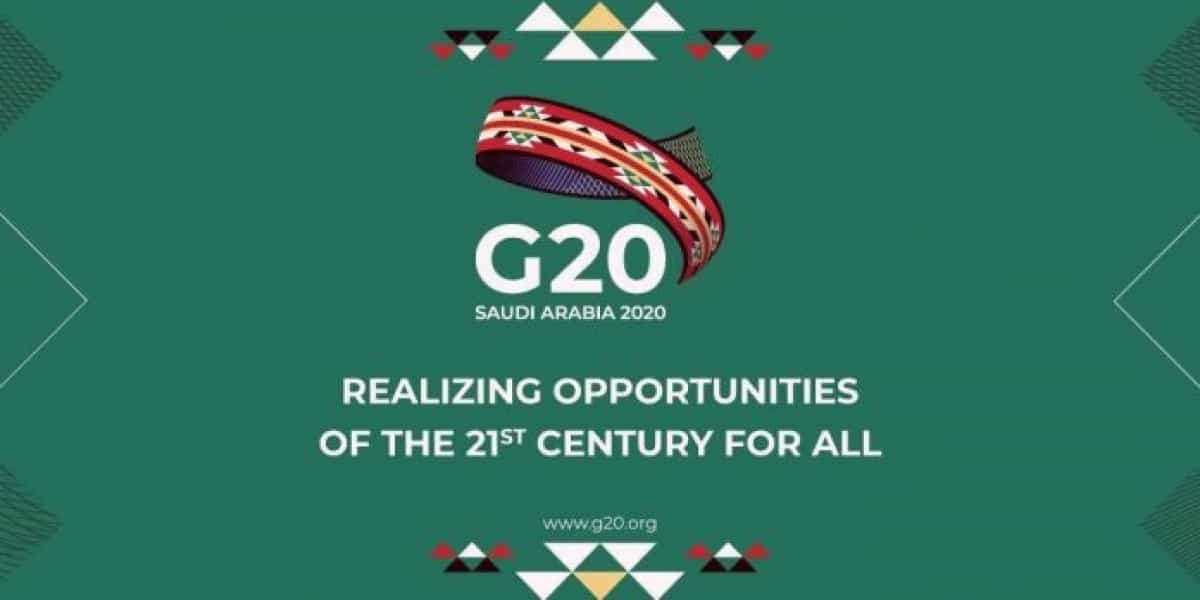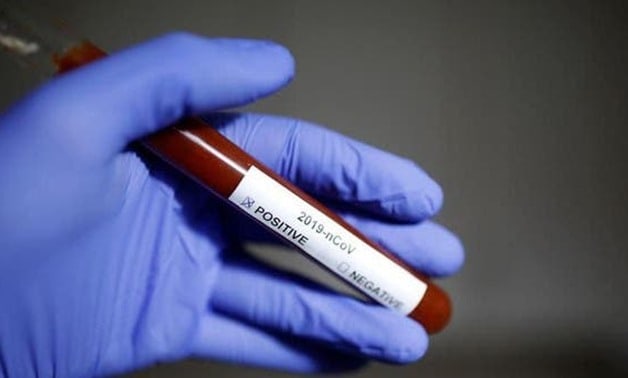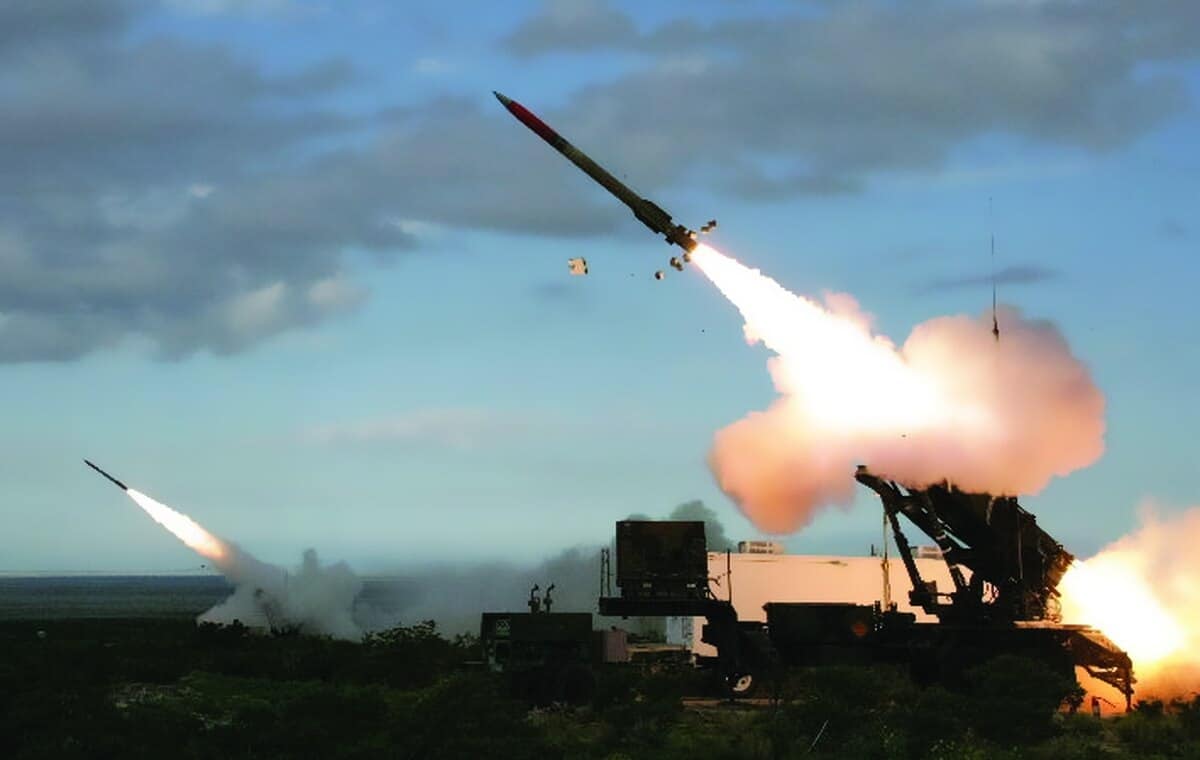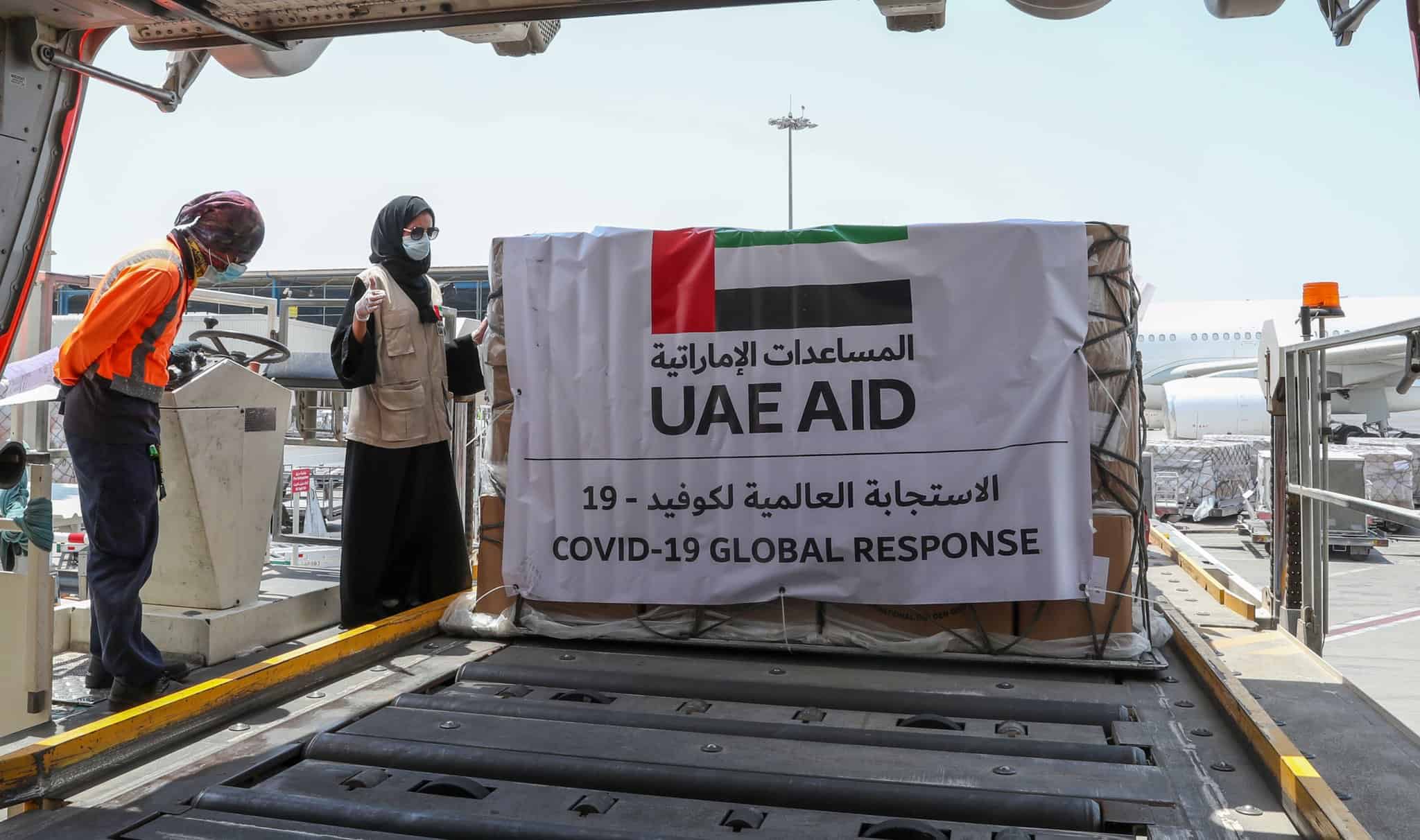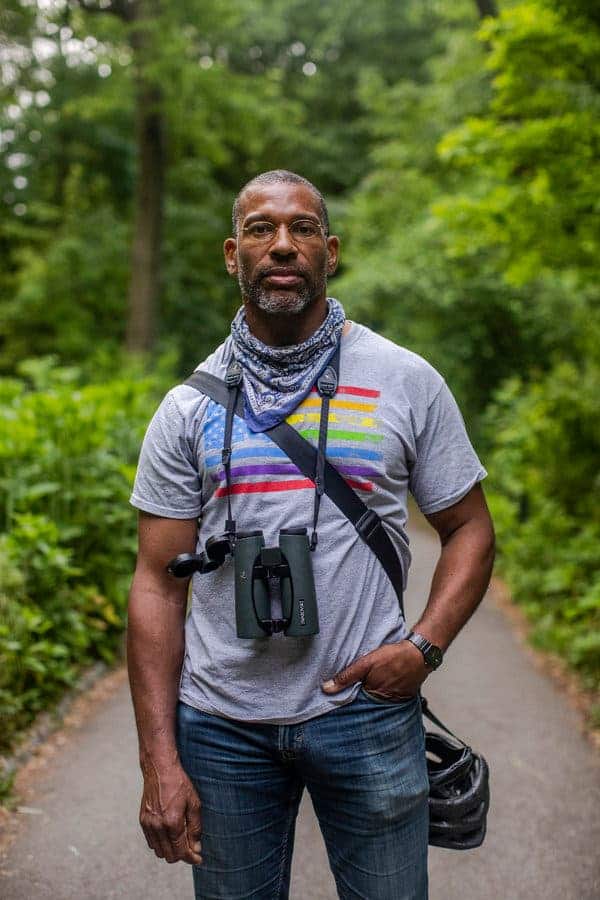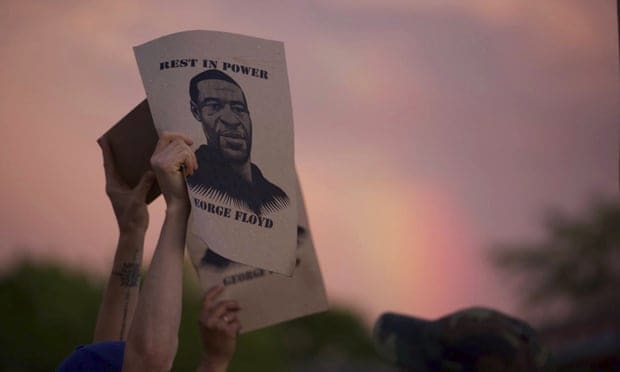George Floyd, a 46-year-old black man, died in Minneapolis, Minnesota after a white police officer jammed a knee into his throat for seven painful minutes during an arrest for a non-violent crime on May 25. The video documenting the incident, when Floyd repeatedly told officers “I can’t breathe,” triggered a wave of outrage that has transformed into protests across the United States and in major cities around the world.
Protestors chanting “I can’t breathe” and “George Floyd, say his name” filled the streets of Minneapolis, New York, Boston, Washington, Los Angeles, and 135 other cities around the US. Protests in cities like Phoenix and Albuquerque remained peaceful, while others turned violent, resulting in vandalism, burnt-out buildings, looting, and a heavy-handed police response.
Amid the anger and violence, the message from protesters has been clear: Black lives matter, and systemic racism and injustice must end. The protestors’ messages have spilled onto social media, which has been filled with calls for white people not to be silent, to recognize their privilege, respect black culture and experiences, and move from being passively non-racist to vocally anti-racist.
Mahira Louis, a 15-year-old protestor from Boston, summed up protestors’ sentiments.
“They keep killing our people. I’m so sick and tired of it,” Louis told the Associated Press News (AP News).
“I hate to see my city like this but at the end we need justice,” said Jahvon Craven, an 18-year-old protestor from Minneapolis.
Trump retreats
On Sunday evening, as a protest in Washington, D.C. encroached on the White House, Secret Service agents rushed President Donald Trump into a secure bunker. Trump spent nearly an hour in the bunker as protesters in adjacent Lafayette Park chanted “George Floyd” and peppered the presidential mansion with rocks as police and the National Guard held them back.
The response from US law enforcement and government has been mixed, with some lawmakers praised for their efforts to calm tensions and others including President Donald Trump accused of inflaming them further. Trump’s advisers counseled him against giving an Oval Office address to try and quell the country’s anger, according to reports from White House insiders, but he has continued to tweet about the unfolding situation.
Police response criticized
Dozens of cities have rolled out night-time curfews, including Minneapolis, where the National Guard and military police are enforcing restrictions. Utopian scenes played out on Sunday evening as military hummers rolled through the suburban streets of Minneapolis and military police viciously ordered citizens to get inside their houses ahead of the 8 p.m. curfew.
A number of violent police responses to the protests sparked by the police brutality that killed George Floyd have also drawn criticism. In Atlanta, Mayor Keisha Lance Bottoms fired two officers and placed others on desk duty for using excessive force after video emerged of officers circling a car on Saturday and stun-gunning the occupants.
The mayor and “mother to four black children” launched a passionate plea for calm in Atlanta on Friday and has since called on Trump to “just stop talking.”
“He speaks and he makes it worse. There are times when you should just be quiet and I wish that he would just be quiet. Or if he can’t be silent, if there is somebody of good sense and good conscience in the White House, put him in front of a teleprompter and pray he reads it and at least says the right things, because he is making it worse,” she told CNN on Sunday night.
Pepper spray from police hit black lawmakers Congresswoman Joyce Beatty, 70, and Columbus City Council President Shannon Hardin at the end of a rally in Columbus, Ohio on Saturday. “Too much force is not the answer to this,” Beatty said in a Twitter video posted after the incident.
The police response comes as no surprise to people like the Director of the Detroit Coalition Against Police Brutality, Christ White. “What’s happening, it’s the way American society has always been,” White said.
Police have arrested over 4,100 people to date in connection with the George Floyd protests. Police have repeatedly used pepper spray, batons, tear gas, rubber bullets, and driven their vehicles at demonstrators to disperse and control crowds.
Read also: US Meets Protests Over Police Brutality With Increasing State Violence

